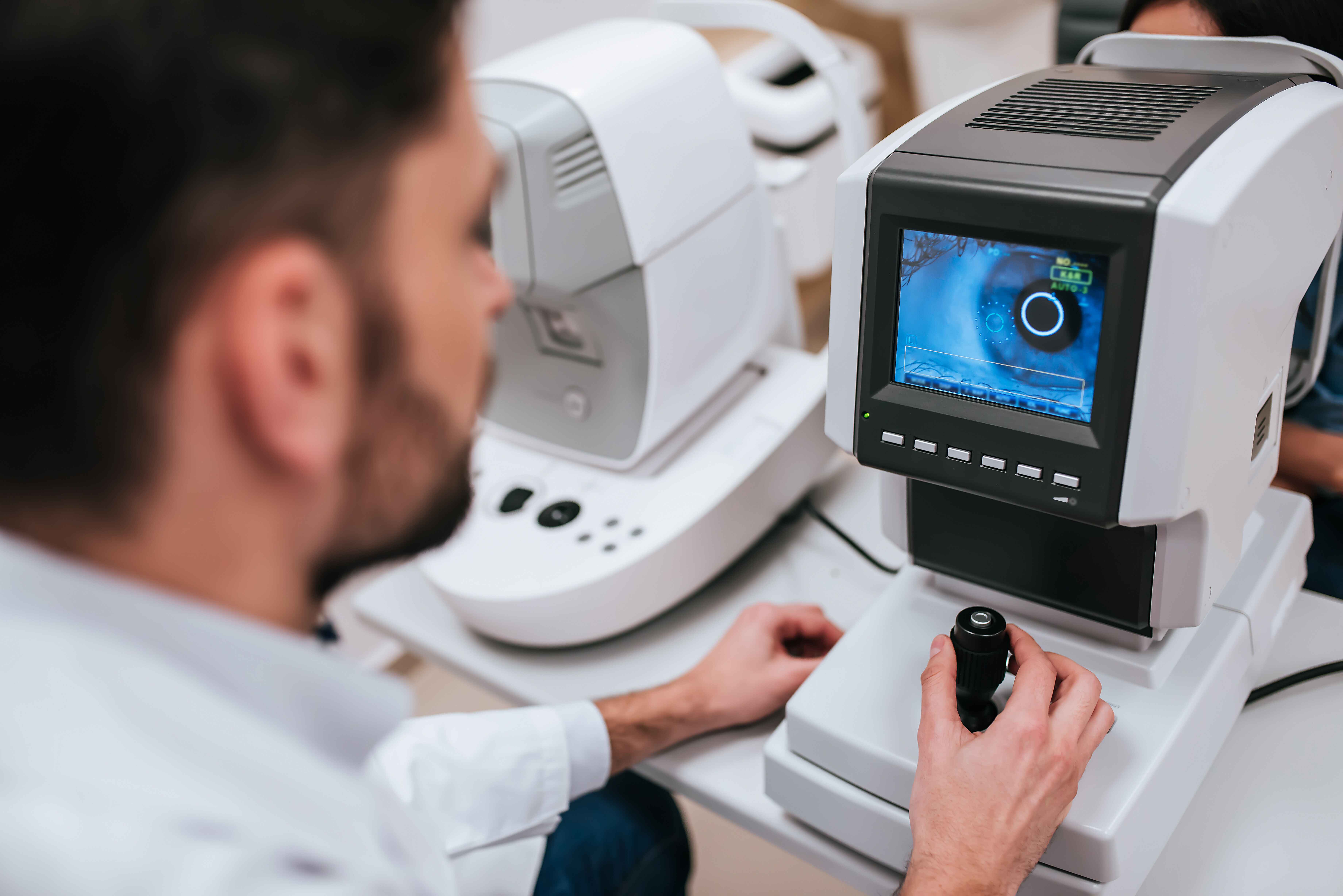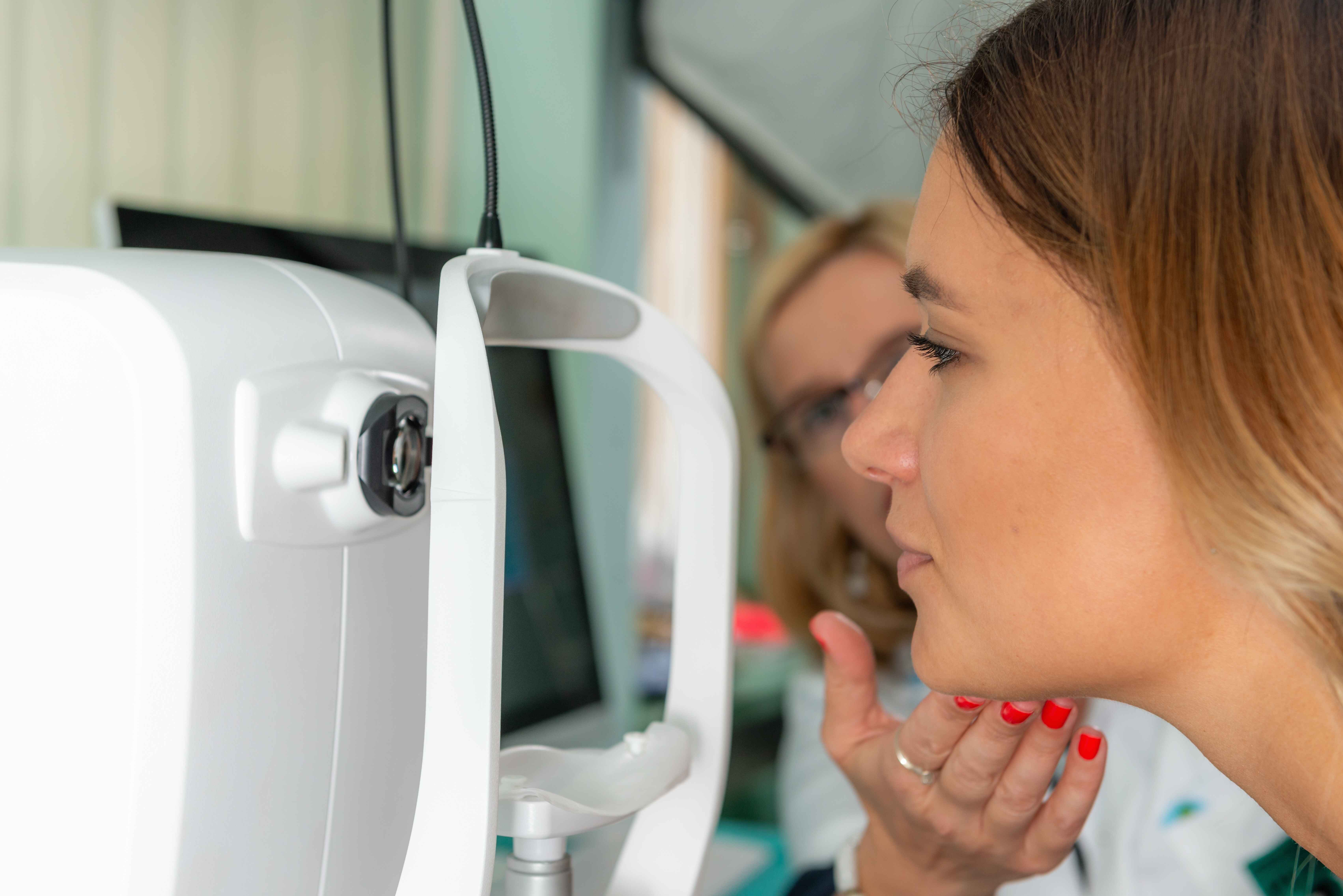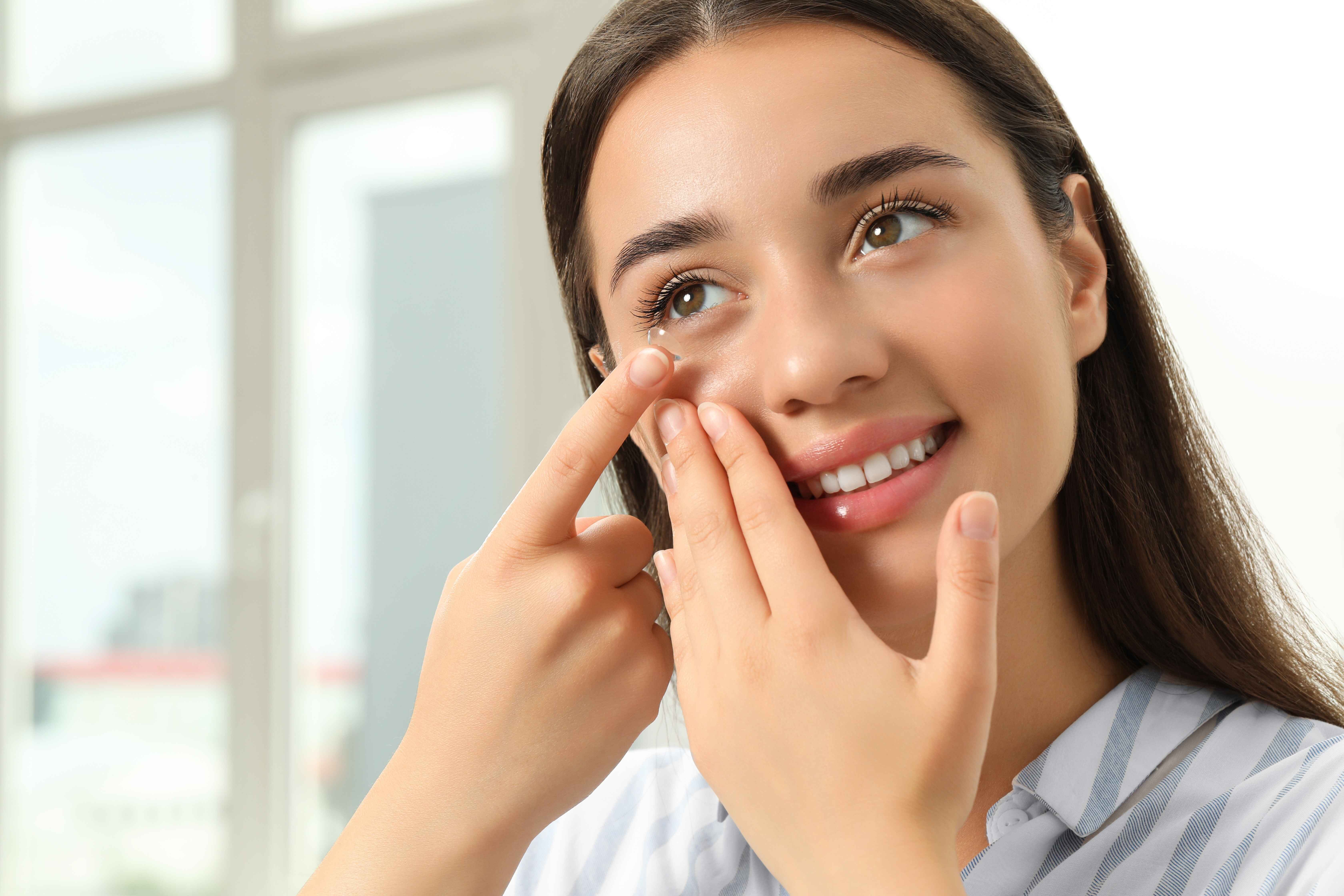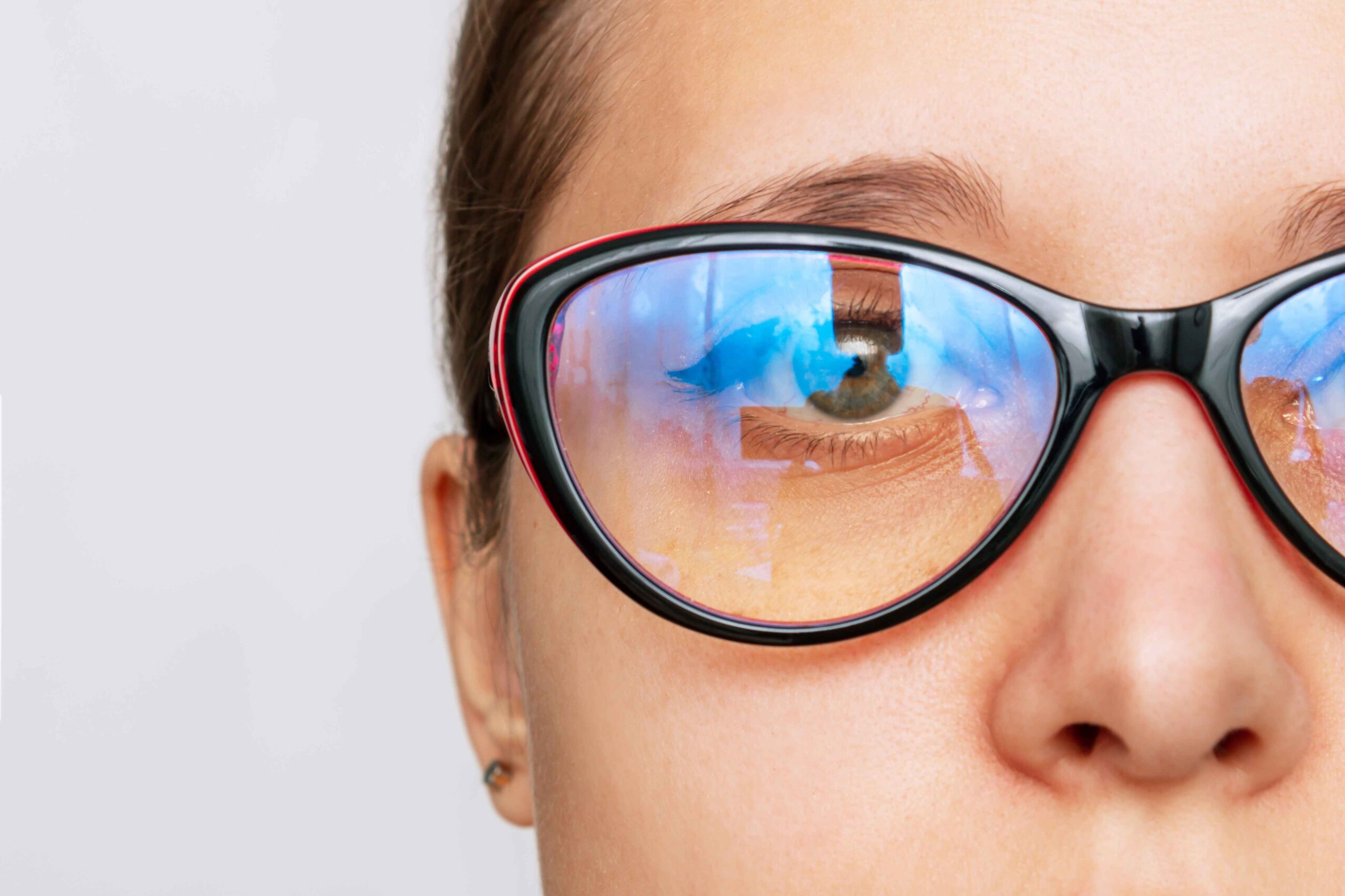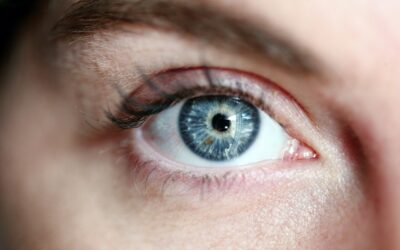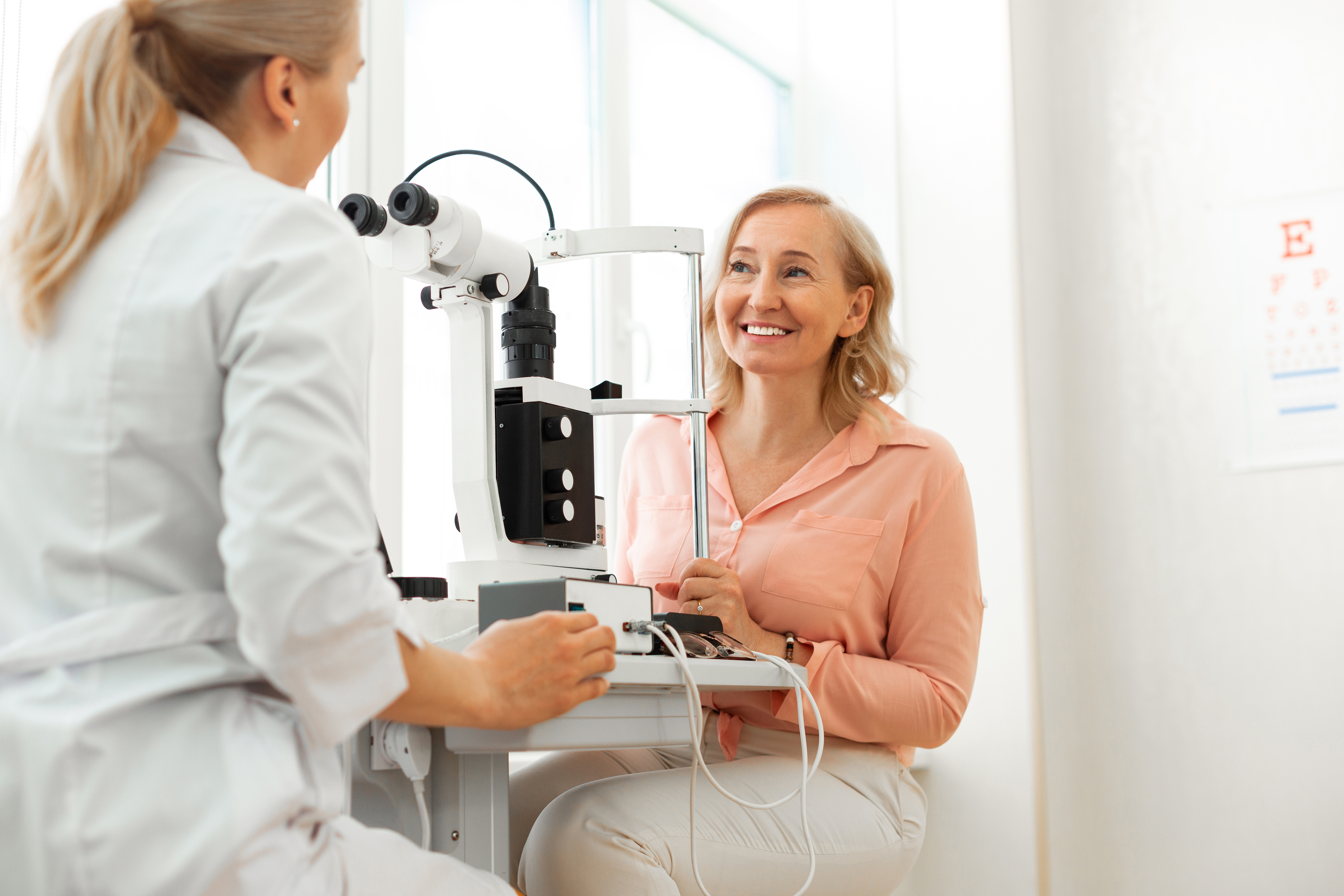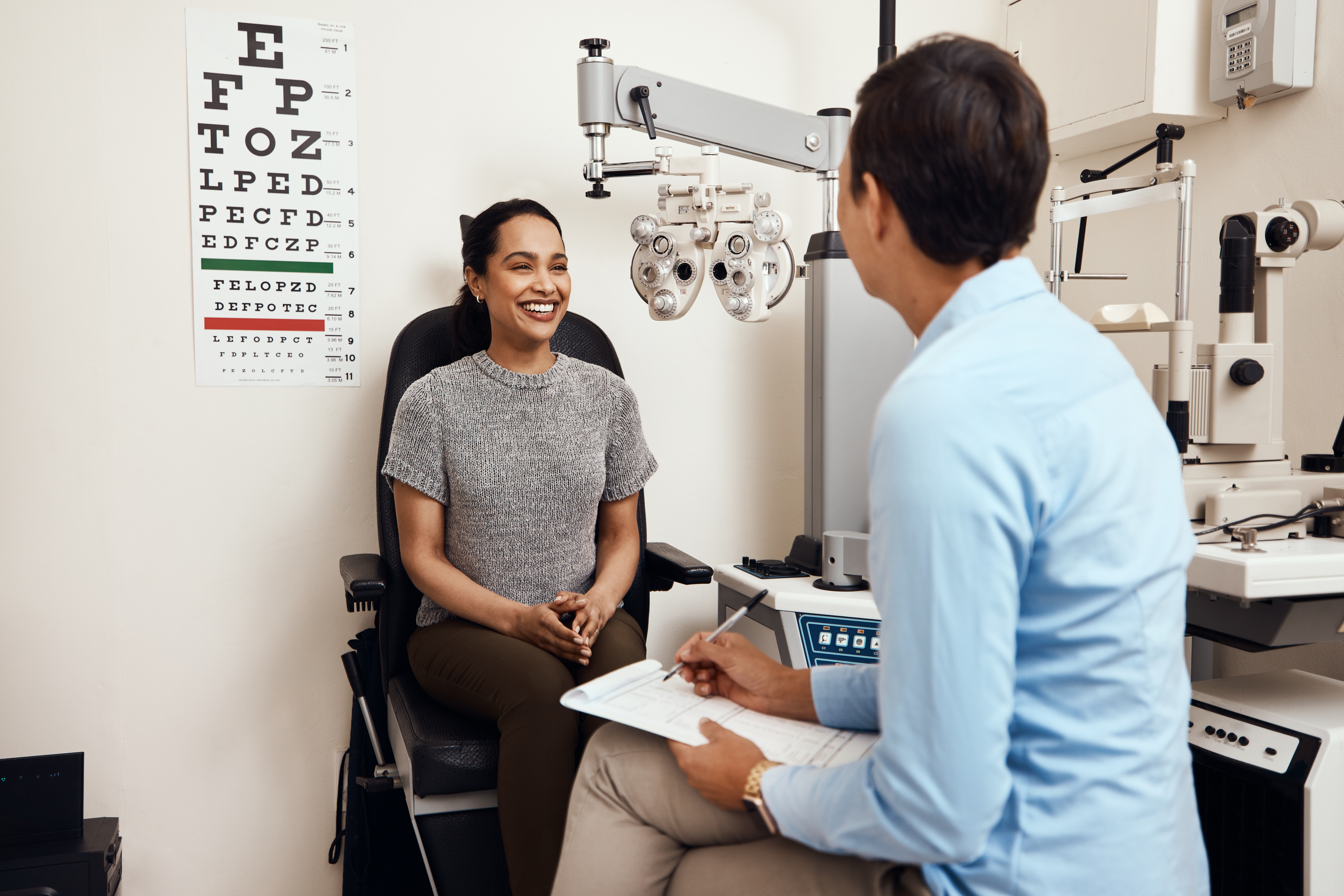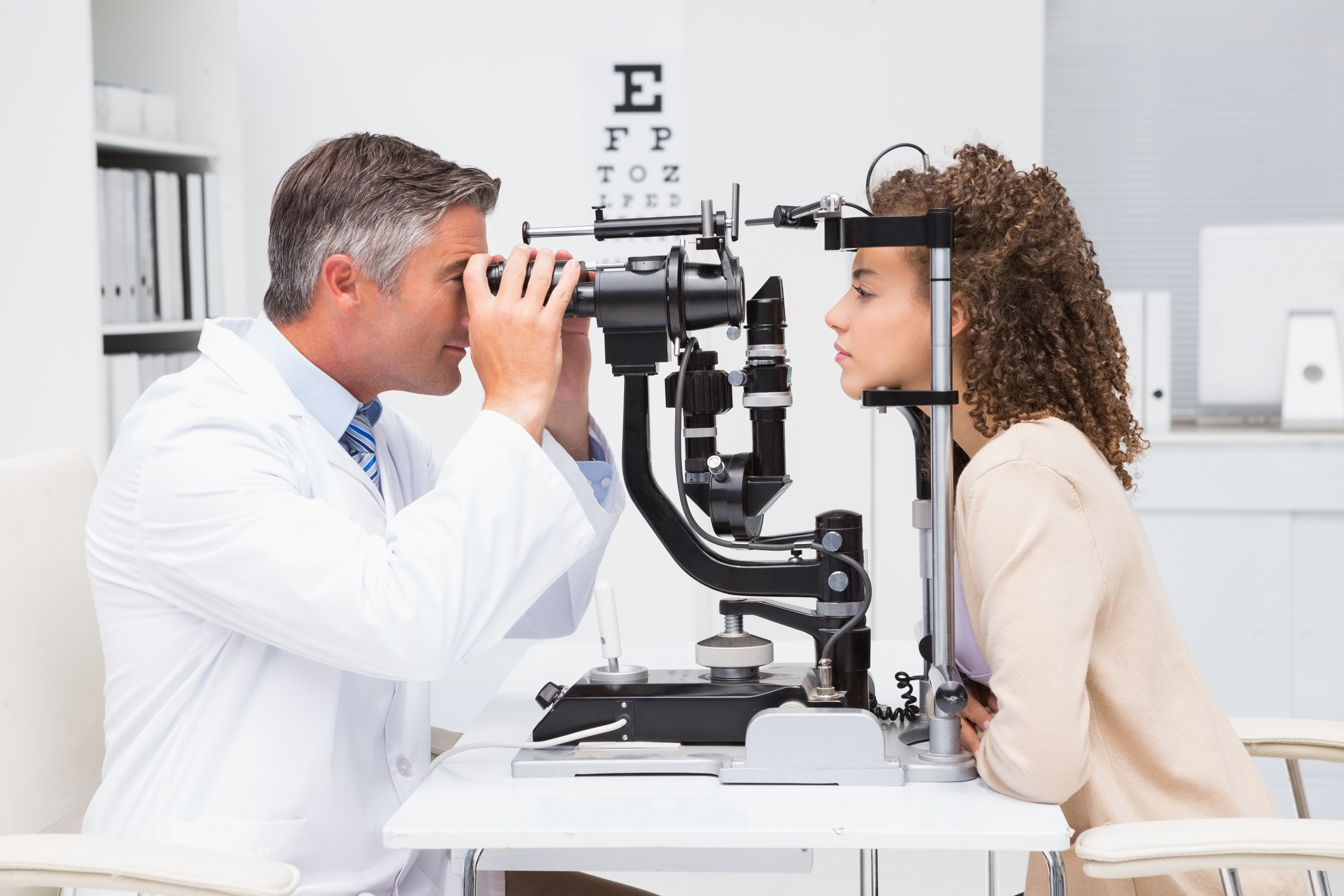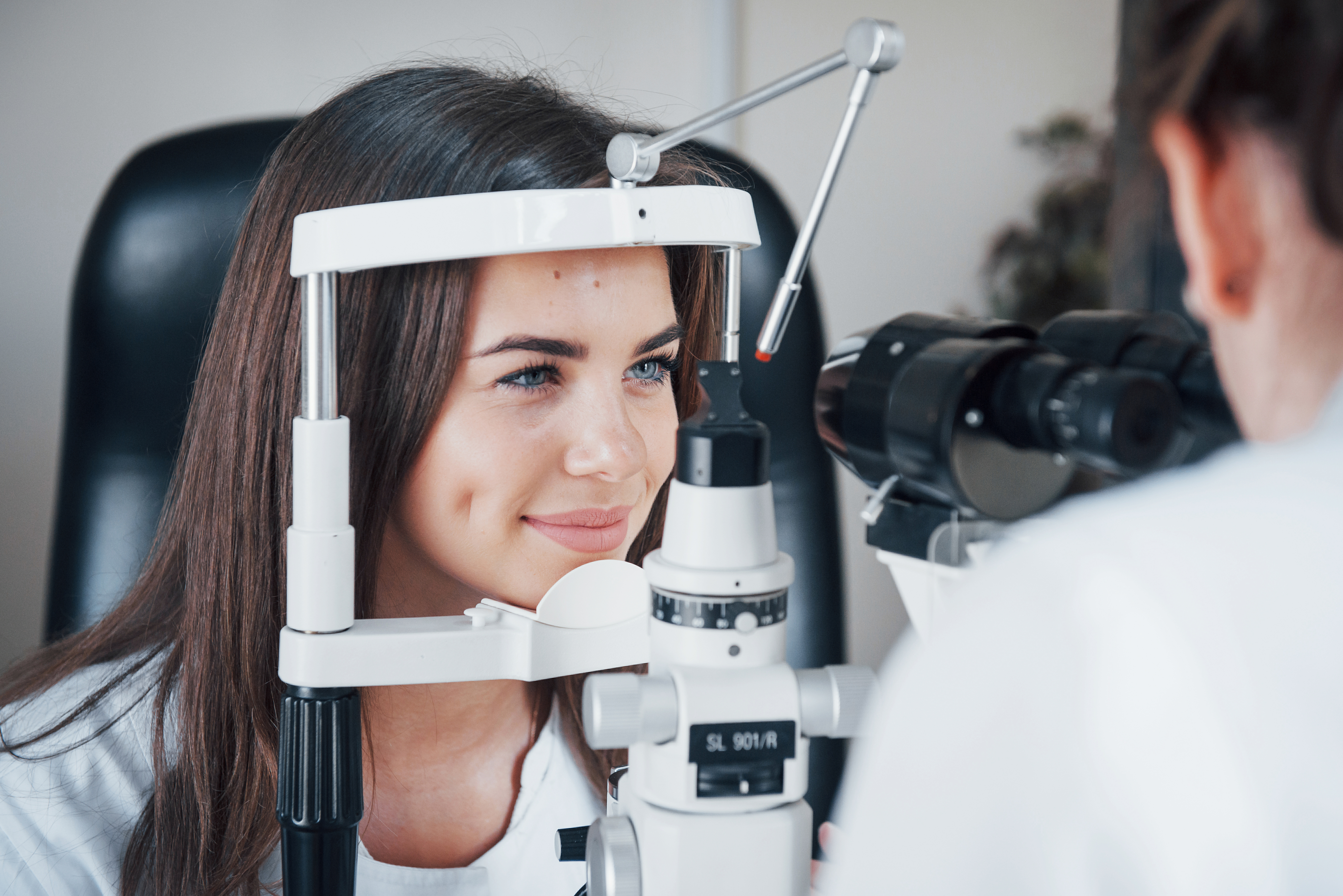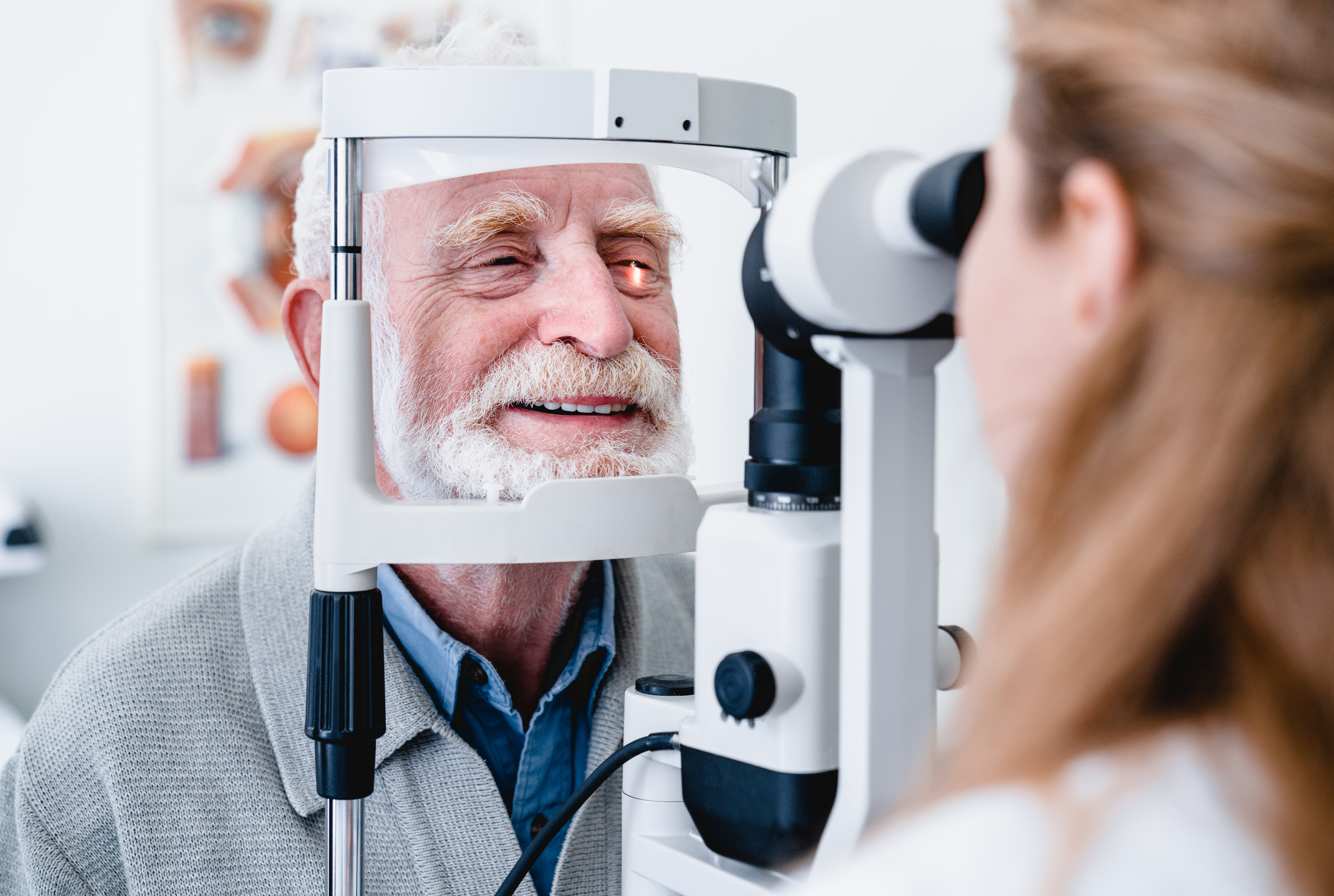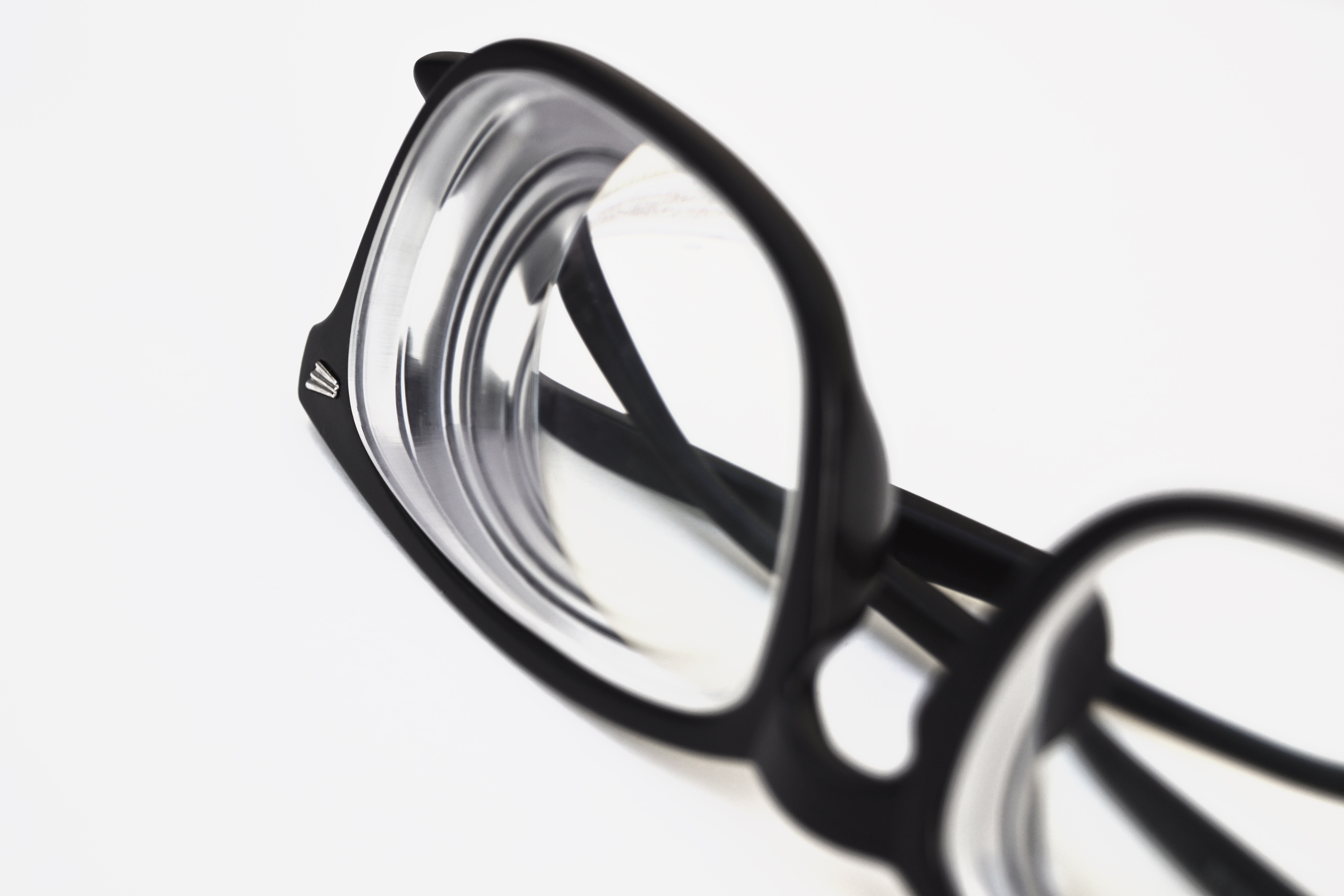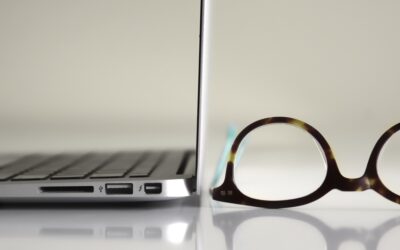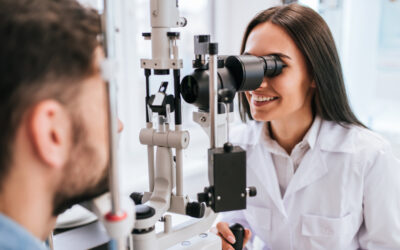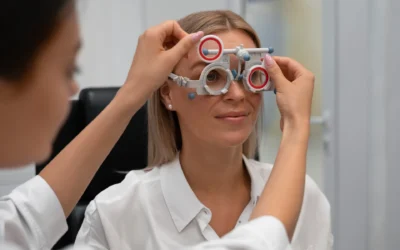Table of Contents
Key takeaways:
- Computer screens are a common cause of dry eye at work, but they’re not the only factor.
- Poor lighting, low air quality, and focusing on fine tasks can all contribute to eye strain.
- For employers, it’s essential to recognize and address these risks, in addition to supporting access to eye health through a prepaid vision plan.
When employees complain of headaches or dry eyes, computer screens are often blamed.
However, there are other factors that can contribute to vision problems, and employers should consider the work environment as a whole to effectively prevent eye fatigue.
Not sure where to start? Here are five things that could be harming employees’ eyes at work, aside from digital devices.
Harsh or Unbalanced Lighting & Glare
Proper lighting goes a long way in preventing eye strain and other vision issues at work. It’s not hard to achieve, but many workplaces still use outdated light fixtures with overly bright bulbs or lack sufficient natural light.
- In a workplace with insufficient lighting, employees may squint and hunch over their work, which can lead to posture issues.
- If the lighting is too bright, it will cause uncomfortable glare that strains employees’ eyes, leading to headaches and blurred vision.
What does comfortable lighting look like at work? It’s fairly straightforward:
- You should have a mix of ambient, task, and accent lights.
- Look for warm tones for lighting that doesn’t feel harsh.
- Rely on natural light as much as possible.
More importantly, employees should have options for dimming lights, shielding light fixtures, and reducing natural light with window treatments to adjust lighting throughout their workday.
Outdoor Glare & Reflective Surfaces
Even with the right lighting in place, a work environment can create uncomfortable glare that strains the eyes.
If you have office furniture or equipment with reflective surfaces, consider covering them. Window treatments can reduce glare from walls and sidewalks outside. For employees working outdoors, tinted glasses can be a good way to improve comfort.
Dry Air and HVAC Systems
Air quality may not be the first thing that comes to mind when considering workplace eye health, but dryness and airborne pollutants can significantly contribute to eye health issues.
The eyes are very sensitive, and something as simple as a furnace heating up an office can disrupt the tear film. HVAC systems can also recirculate pollutants, exposing the eyes to dust, pollen, mold spores, and VOCs.
There is a simple solution: Keep HVAC ducts clean and run a humidifier if needed. For employees who spend most of their days outside, protective eyewear is the best line of defense against dust and allergens.
Working on Fine Tasks
Everyone knows that prolonged screen focus is bad for the eyes, but so is focusing on any fine tasks for an extended period.
Activities such as reading printed documents, performing quality control tasks, or precise assembly work can take a toll on the eyes. Identify these tasks, make sure employees have access to proper lighting when working on these tasks, and provide magnifying visual aids for close-up focus (like
Shift Work and Eye Adaptation Stress
These eye health issues can get worse for those who work at night. Research indicates that working the night shift increases the likelihood of developing dry eye, and common practices such as using bright lights to promote alertness can exacerbate these symptoms.
To reduce eye health stress on night shift workers, try:
- Not rotating crews so employees can adapt to the night shift.
- Finding the right balance between harsh light and lighting that helps with alertness.
- Implementing lighting cycles with dimmer lights toward the end of the shift to reproduce a more natural rhythm.
- Discussing dry eye symptoms so employees know what to look out for and can seek treatment early.
Improve Workplace Eye Health With Prepaid Vision Plans From VCD
From better lighting to clean HVAC ducts, there are a few things you can change in your workplace to improve eye health. For employees who have symptoms, taking action early remains the best course of action.
It’s easier if they have a prepaid vision plan, such as VCD. With transparent savings on routine exams and other services, your employees can seek treatment early and get the eyewear they need to reduce eye strain at work.
Learn more about VCD prepaid vision plans and how they support workplace eye health.
FAQ
How to reduce eye strain at work?
Take regular breaks using the 20-20-20 rule (every 20 minutes, look at something 20 feet away for 20 seconds). Adjust the lighting to reduce glare and use proper task lighting for fine work. When working on a computer, keep the screen at arm’s length with the top at or below eye level.
What kind of lighting is good for the eyes at work?
Good workplace lighting should include ambient, task, and accent lights in warm tones. Natural light is also important, and employees should be able to adjust brightness and exposure to sunlight as needed.
What are the symptoms of dry eye?
Common symptoms include a gritty or scratchy feeling, redness, burning sensation, blurred vision, eye fatigue, sensitivity to light, and excessive tearing as eyes try to compensate for dryness.







